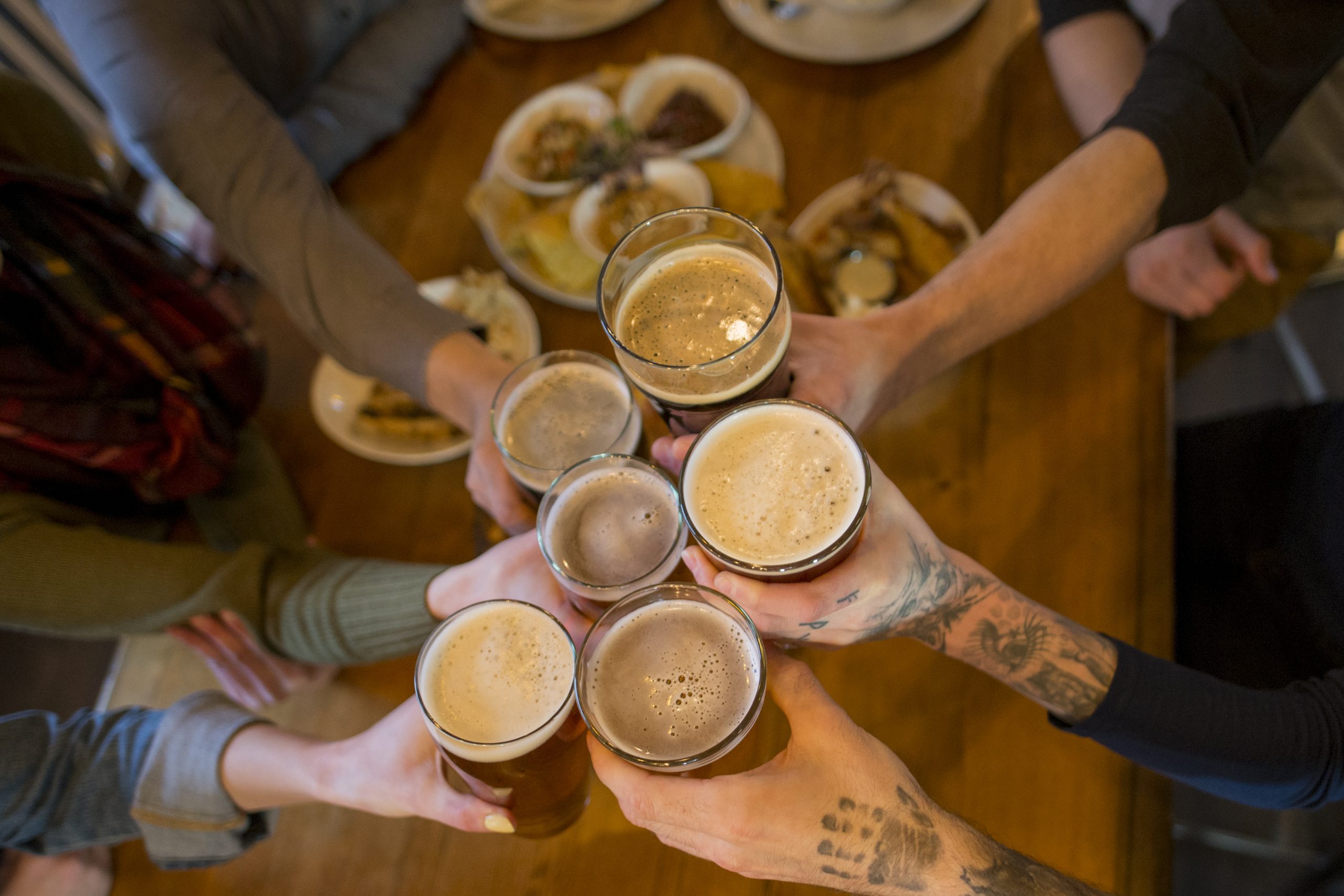NoLo trend driven by drinks brands investing in alcohol-free alternatives
Alcohol brands expanding their ranges to include no- and low-alcohol products will drive growth in the category, according to IWSR analysis.

As the NoLo category evolves, there is a clear crossover with full-strength consumption.
IWSR data shows that 43% of consumers are substituting NoLo for full-strength alcohol on certain occasions – but fewer than one in five are avoiding alcohol altogether.
“While January has become a popular month for people to cut back or abstain from alcohol, interest in no- and low-alcohol drinks has increasingly become a year-round trend among consumers across the world,” said Emily Neill, COO of IWSR Drinks Market Analysis.
Partner Content
“To meet that demand, beverage alcohol companies are investing heavily to introduce a number of innovative new products, and many established mainstream brands have recently crossed over to develop no/low alcohol versions of their popular beers and spirits.”
According to Neill, these NoLo products generally have strong investment behind them, and are helping to advertise and promote the broader category, typically with good-quality with plenty of R&D behind them.
The expansion of well-known alcohol brands into the NoLo category is part of a two-pronged approach, IWSR predicts. Alongside these expansions, we are set to see a higher number of new to world (NTW) products, which focus solely on low- and no-alcohol alternatives.
As the category develops, extensions of established brands and “new-to-world” launches may begin to coexist and complement each other, Neill said. “Beer, for example, is more developed in no/low, and brand extensions and independent products are now working well together,” she added.
Related news
Strong peak trading to boost Naked Wines' year profitability




